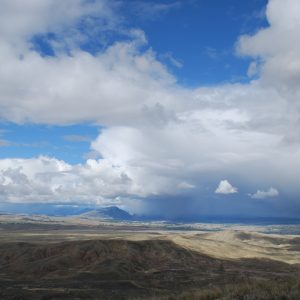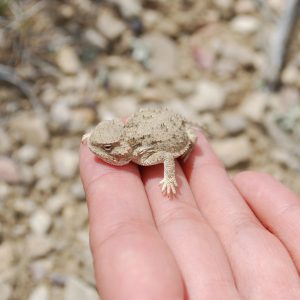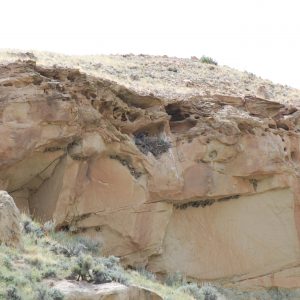Hello again!
I have now been working at the BLM here in Roswell, NM for a little over a month and still love it! The staff here at RFO is just amazing and to add to that recently a few more people were added to the mix! A couple of weeks ago, two more range interns arrived in Roswell which has made this experience even better! It is really nice to have some fellow interns along for the ride and that ride was really jump started when they arrived! Before they arrived I got a chance to experience pretty much all of the aspects of the BLM which was very interesting but it is great to get all trained up for the next seven months of work! When they first got here we got to undergo some official training, such as: CPR & AED, First Aid, Radio, H2S, GIS and GPS. We have also started training for compliance checks and traditional and post-treatment monitoring! We have gone out a couple of times now to perform compliance checks on our own which is nice! Just the other day we were out on an allotment and were exploring some of the land… We saw what looked like a natural reservoir but it was actually a large gully with a couple small caves, so we got closer to take a better look and then sure enough we found a BOBCAT!!! This was awesome… a little frightening but awesome! We also found two doves’ nests with eggs and of course a bunch of cattle that day as well! Also I have recently been going out with some of the range staff to perform post-treatment monitoring. The post-treatment monitoring more specifically is looking at the effectiveness for mesquite treatments around the Roswell area. Overall so far, being here at Roswell and working at the BLM has been a wonderful experience which I think will only get better as my internship continues and of course more interns arrive (on Monday!)!!!
Stephanie Burkhardt
BLM Roswell Office

















